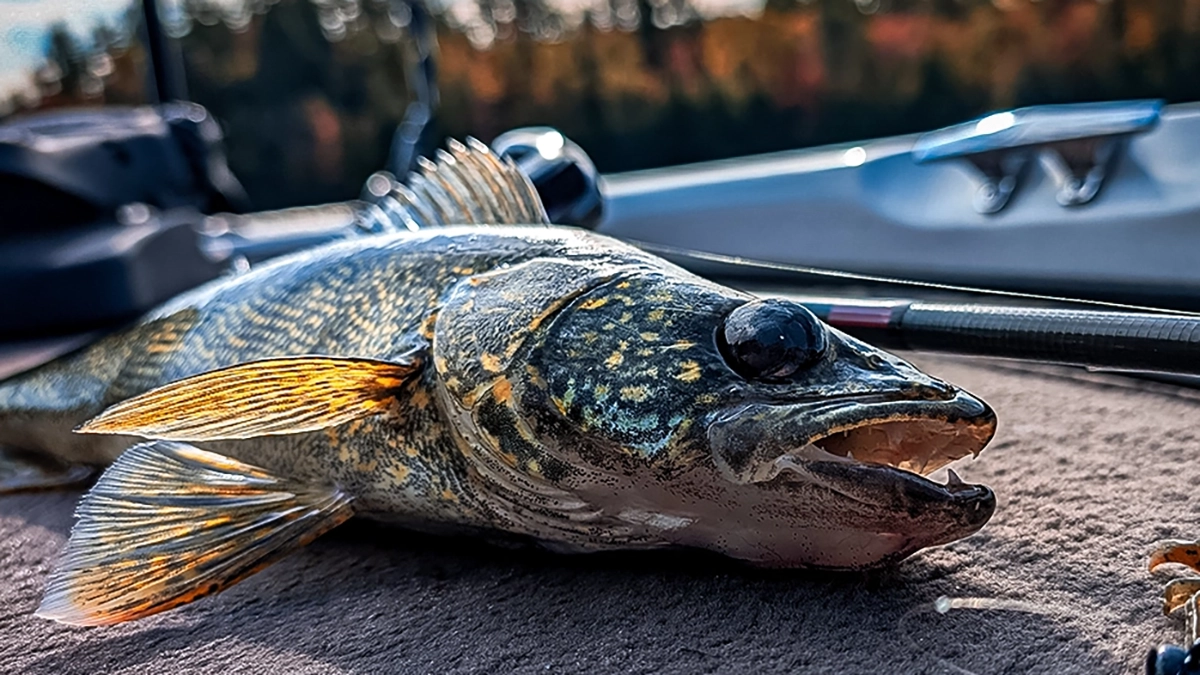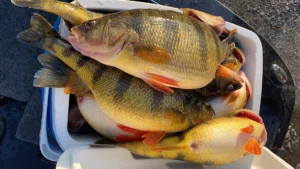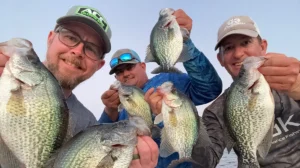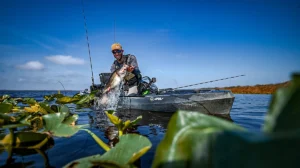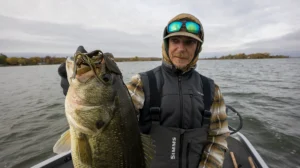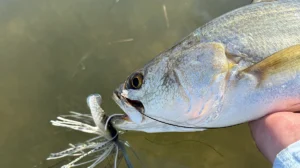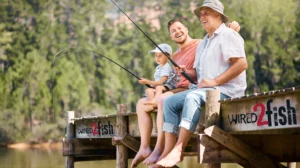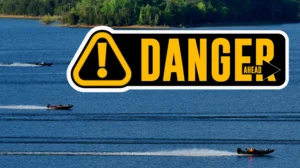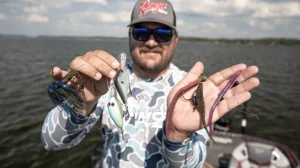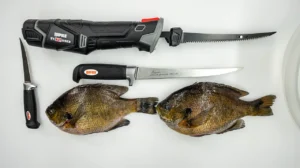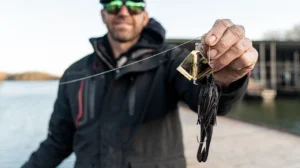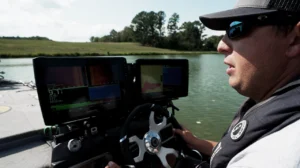In a lot of places, anglers would be thrilled to pull 25-inch walleye from the water, but in Idaho, the predators are a menace. It’s the land of salmon and steelhead where pervasive walleye, among other factors, are threatening local fisheries, so much so that what is a game fish elsewhere has become an invasive species here. The Idaho Fish and Game department is telling anglers to kill any walleye they catch, take a photo, and report it to a regional Fish and Game office throughout the season as they are monitoring the species spread.
Salmon fishing, while being part of the local cultural fabric, brings about a billion dollars into Idaho every year, Kare11.com reports. But the threat of walleyes predating on young salmon is only compounded by factors, like rising water temperatures, declining habitat, and dams. On the Snake River, a big salmon and steelhead destination, the salmon have to traverse a number of local waterways to reach the Pacific Ocean, and then return to spawn. As walleyes move further downriver, they’re eating more juvenile salmon along the way and allowing fewer to complete the run.
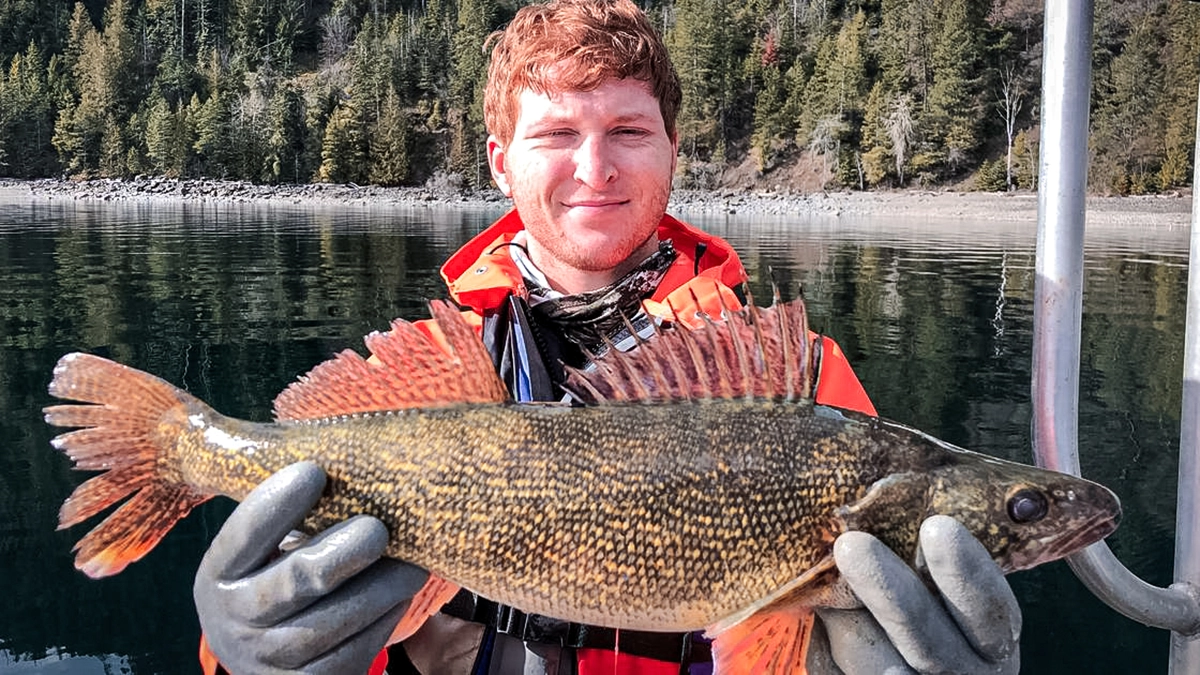
The story says anglers are catching walleye in Lewiston, but the numbers are higher at Lower Granite Dam, about 60 miles away.
“Up until 2016, we haven’t caught any walleye at the trap and from 2016, we’ve seen nothing but this exponential increase in walleye,” said state biologist Marika Dobos in the story. Walleye were introduced to the area intentionally and illegally about 70 years ago and have since become an apex predator in the area.
So What’s the Big Deal with Walleye in Idaho?
In 2023, Fish and Game posted a release titled “Walleye Aren’t Bad Fish, Just The Wrong Fish For Idaho,” in which the author stated, “Idaho and walleye just aren’t a good match in most places, and here’s why. Walleye are native to large Midwestern lakes that tend to have large and prolific forage bases of minnows, shiners, chubs and other small baitfish.
“Those baitfish are not available in most Idaho waters, so walleye are likely to eat other game fish that are highly valued by Idaho anglers. Eventually, those other fish species could be gone, or greatly diminished, and the end result could be a bunch of unhealthy, unsustainable walleye populations.
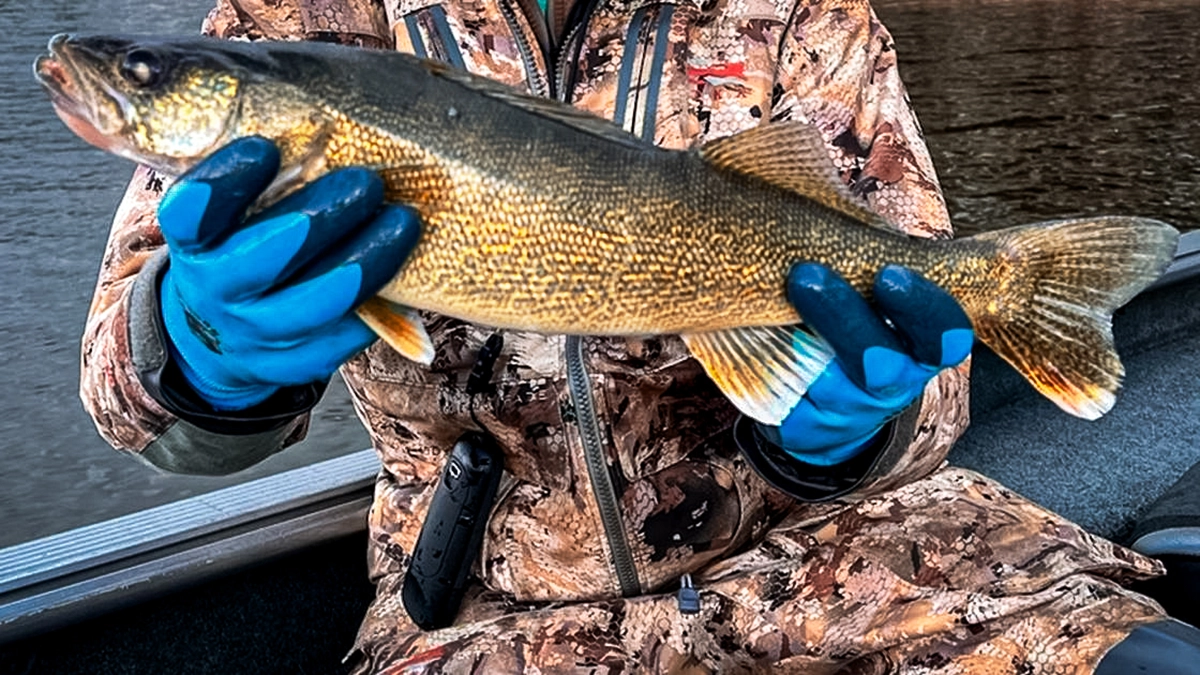
“They’re sitting in places where there’s a lot of food available,” Dobos said in the story. “These are areas where these juvenile fish are rearing and just trying to survive the winter and get big enough so they can migrate out and that’s part of why we reach out to the angling community to get that support from people, to get the help from anglers and the buy-in that these are bad things and we’re going to do our part to remove them.”
But there’s another problem. Walleye are doing so well in Idaho that they’re becoming a draw for anglers and some local tackle shops are carrying more and more walleye-specific gear. Dobos worries that anglers chasing walleye will only create more of a mess and biologists try to figure out how to deal with the walleye problem and preserve the salmon fishery on the Snake River.
“Some anglers have accused Fish and Game biologists of being biased against walleye, which isn’t true,” the release says. “Biologists have spent decades surveying anglers for their preferences, and biologists have done their best to provide diverse fishing opportunities that are geared toward angler preferences, which includes walleye fishing. However, in most Idaho waters, biologists aren’t managing a single species, they’re managing multiple species that must be somewhat compatible with each other.”
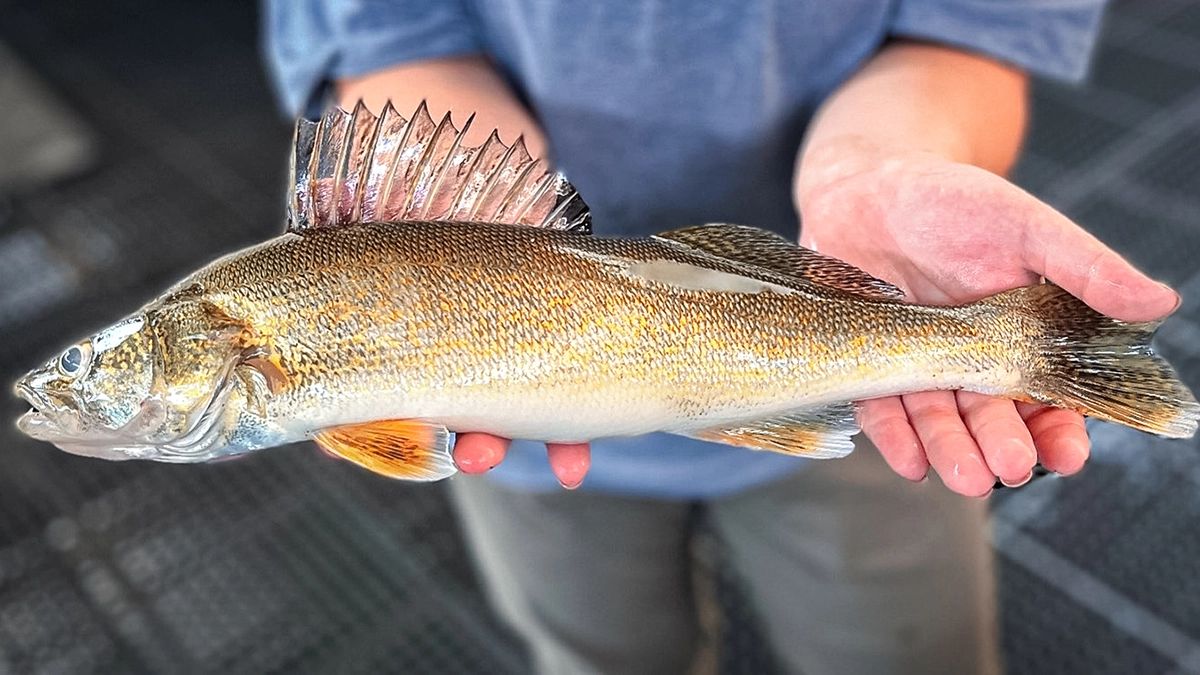
“When a highly predatory species is introduced to a water outside that established process, as walleye were in Lake Lowell, we are forced to dedicate a lot of resources towards assessing the impact on the existing fishery, and unfortunately, most of our anglers are robbed of the opportunity to weigh in on the matter,” Fish and Game’s Southwest Region Fisheries Manager Art Butts said in the release
“Salmon and steelhead did not evolve with these nonnative predators and can be especially vulnerable to predation,” Dobos said in the release. “Walleye only add to the many difficulties that salmon and steelhead face, and as walleye expand their range and abundance in large rivers, more hungry mouths will be eating salmon, steelhead and other native species. This is especially important for wild juvenile salmon and steelhead that often overwinter and rear in large rivers in Idaho before making their journey to the ocean.”.
